Fluid & Heat Blog Posts
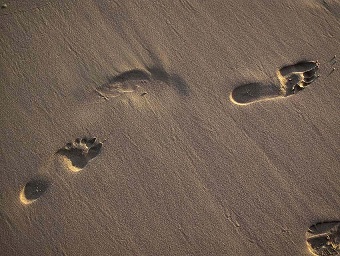
Poroelasticity in Sand
When you work with multiphysics all day you tend to notice physics phenomena everywhere you go. For me, one such moment was when I was walking on the beach this past summer. I noticed that the sand appears whiter around a person’s feet than elsewhere. You may have noticed this too, and like I, wondered “why?” This phenomenon can be explained by the theory of poroelasticity.
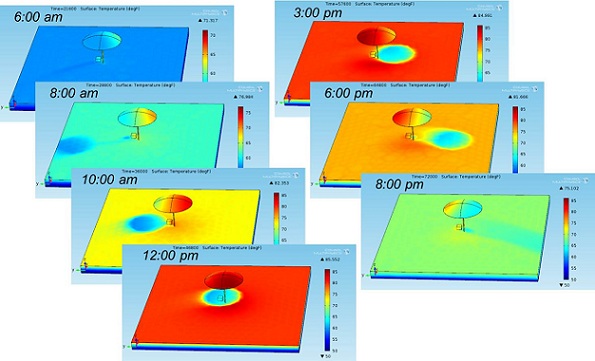
Solar Radiation: How Engineers Can Stay Cool on the Beach (Maybe)
The end of August marks the end of summer here in New England. Already nostalgic and unwilling to let the season go, I decided to look into some “beach physics”. In May we released a new solar radiation feature in our Heat Transfer Module that will be helpful in many solar applications — including how to avoid overheating on the beach, apparently. Here’s how engineers can stay cool on the beach.
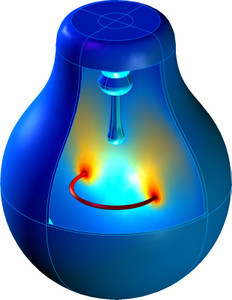
Modeling a Light Bulb, All Forms of Heat Transfer
When it gets dark, you flick on the lights. If you were to model this simple example, you would need to take all forms of heat transfer within consideration; convection, conduction, and radiation are all at play when a light bulb is flicked on.
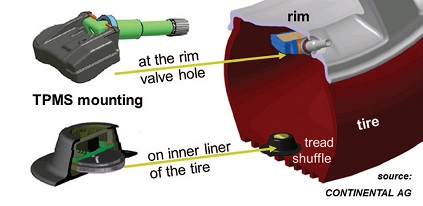
Piezoelectric Energy Harvester Helps Increase a Car’s Efficiency
Much has been written lately about increasing the energy efficiency of cars. Batteries and fuel cells are very hot topics, and not so long ago I blogged about the University of Michigan’s use of solar cells to fully power a car. Yet, even on the smallest of scales, such as the sensors in your car, improvements are being made. Utilizing a MEMS (Micro Electromechanical System) piezoelectric energy harvester, Alexander Frej and Ingo Kuehne at Siemens Corporate Technology in Munich are […]
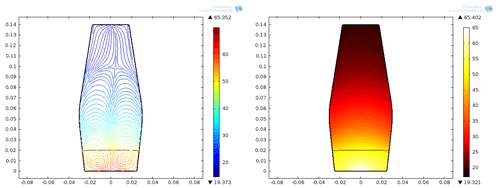
A Closer Look at the Physics Involved in Lava Lamps
Remember those retro desk ornaments of the 1960’s, those lamps filled with colorful wax that began to move when the lamp was lit? I’m talking about lava lamps, or as I like to call them, “Rayleigh–Taylor instability machines”. They may not be popular among today’s youth, but I still own one and I thought it would be interesting to look beyond the dyed blobs of wax and observe the physics involved in lava lamps.
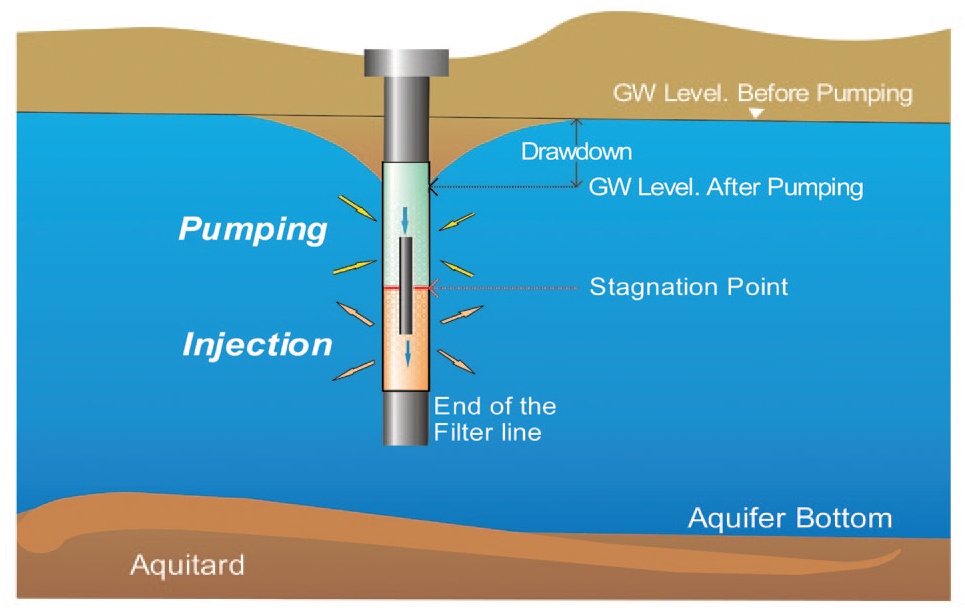
Lowering Water Levels by not Taking Away the Water
Düsensauginfiltration (DSI) is a novel technique for lowering water levels at mining and construction sites while not actually having to transport the water away from these sites. This came to my attention at the latest COMSOL Conference in Stuttgart. There, Ph.D. student Yulan Jin and Assistant Professor Dr. Ekkehard Holzbecher from the Georg-August University in Göttingen, Germany was presenting their research into this groundwater lowering technique.
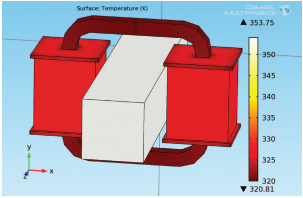
Investigating the Fundamentals of an “Old” Technology
Transformers were first commercially used in the late 1800’s, but they are still being investigated at their fundamental levels. One of the stories from our latest COMSOL News concerns ABB (who themselves have been around since the late 1800’s) and their research into these apparatuses.
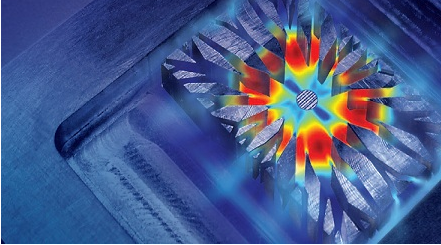
A Cooling Story for These Sweltering Days
I have just come back from a bit of a vacation and boy was it hot! Here, a large part of the US has been going through record high temperatures and most of my time was spent trying to keep cool. How nice then to mention a story about cooling.
